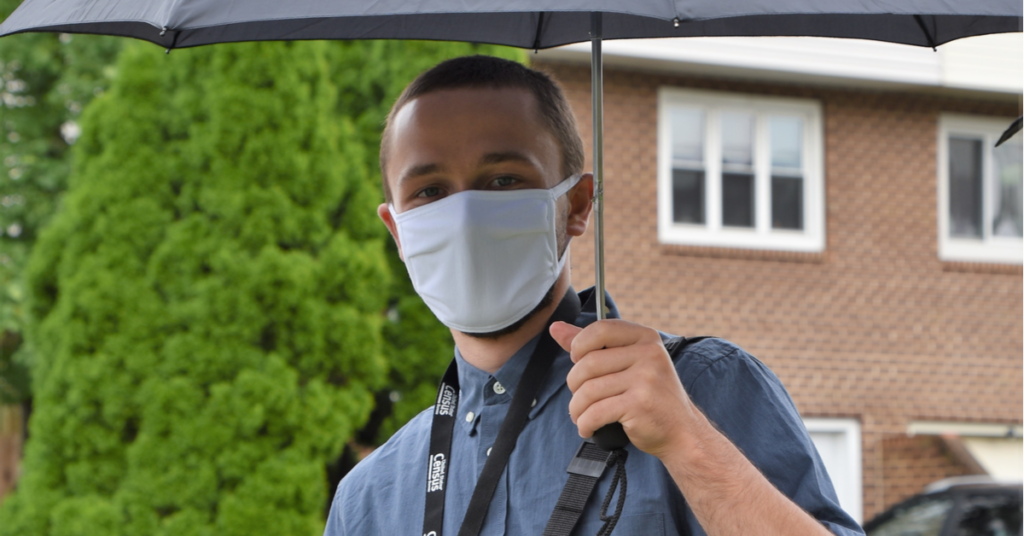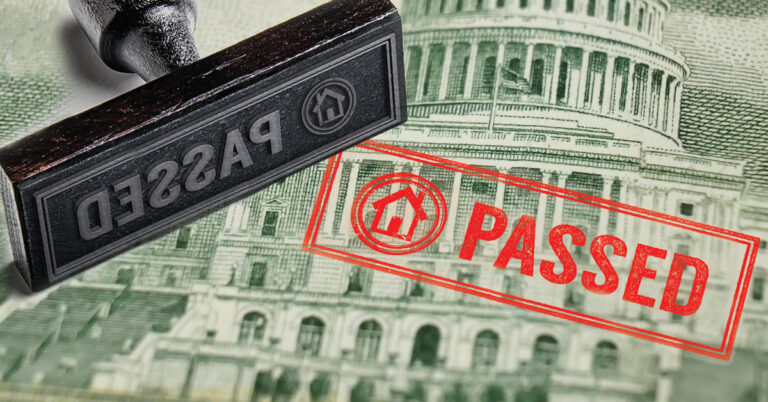August’s jobs report from the Bureau of Labor Statistics revealed that American employers added 1.4 million jobs during the month, bringing the unemployment rate down to 8.4%.
It was the fourth straight month of job gains, but between the lines, experts noted that the report showed that labor recovery appears to be slowing, signaling a long road ahead for the country’s return to a pre-COVID economic baseline.
Job gains, on first blush, were impressive: The headline improvement of 1.4 million sharply exceeded many observers’ expectations, with notable job gains in retail trade (which added 249,000 August jobs), professional and business services (up 197,000) and leisure and hospitality (up 174,000). Some three-quarters of the leisure/hospitality gain came in food and drink services, as restaurants and bars continued to re-open after pandemic-induced closures.
And the unemployment rate dropped to 8.4% from 10.2% in July, falling under 10% for the first time since March.
Participation in the labor force grew by 0.3 percentage points to 61.7%, while the ratio of employment to population also rose, both signifying that unemployment is dropping because jobs are being added, rather than because discouraged people are leaving the workforce. In fact, the number of people on temporary layoff lessened by 3.1 million in August; that number is now down to 6.2 million, significantly lower than the peak of 18.1 million in April.
But a closer look at the underlying numbers exposes some cracks within the headline numbers.
“The 1.4 million increase in employment in August, while strong by historical standards, still shows the economy has a long way to go,” said Mike Fratantoni, senior vice president and chief economist for the Mortgage Bankers Association. “Payrolls are still 7.6 percent below where they were before the crisis. It is also notable that about a fourth of the increase was due to gains in government employment.”
That jump in government employment is notable because 238,000 workers were hired for the 2020 Census, meaning that the August increase is padded in large part by temporary jobs. Private payrolls grew closer to 1 million jobs, down from the average of 2.4 million over the three previous months of job growth. And the hiring trend is slowing, with 4.8 million jobs added in June and a revised 1.7 million added in July.
And despite the promising number of workers returning from temporary layoffs, the data suggests that for many, joblessness is becoming more of a permanent problem. According to the report, the number of people whose job losses became permanent rose by 536,000, and the median duration of unemployment has extended to 16.7 weeks.
Join 210,000 mortgage professionals
Get the news, trends and industry updates in your inbox to become a better mortgage originator. Subscribe to emails below.
“The sharp drop in the unemployment rate was certainly a surprise,” Fratantoni said. “[Over three] million workers reported being called back from temporary furlough – a significant improvement – but another 500,000 individuals now report being on a permanent layoff. The decline in the unemployment rate was driven by a drop in those who had been out of job for five weeks or less, indicating that there is still a high degree of churn in this job market.
”For the first time since March, less than half of unemployment is temporary, down from almost 80% in April,” observed Matthew Speakman, economist for Zillow. “Core unemployment — a measure that omits those that are temporarily jobless – rose to 5.8% in August, matching its recent high from June. This is a deeply concerning sign for the labor market, and an indication of what the recession will look like once the pandemic’s impact has moderated and businesses have fully reopened.”
Additionally, even with positive developments in both unemployment and labor participation, Wells Fargo Securities’ Economics Group noted that the smallest share of the American population is working since the mid-1970s. And Speakman pointed out that substantial variances in labor market health exist when taking race and sex into account. The August unemployment rate among white men is less than half of that of African American men, for example. And women’s labor force participation dipped during the month, while men’s participation saw a robust rebound.
And the big picture remains that there were still 11.5 million fewer jobs in August than in February. That means that even if August’s nominally stout rate of job gains persisted, it would still take eight months for employment numbers to match February figures.
“The fact remains that while the labor market does continue to improve, the snapback recovery has almost certainly come to an end,” Speakman said. “A much slower recovery is likely from here on out.”








